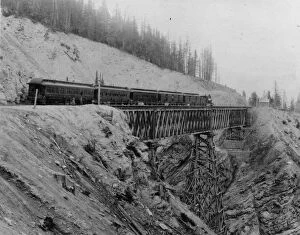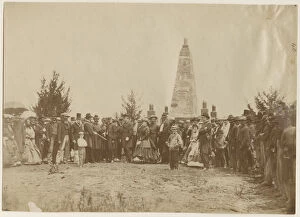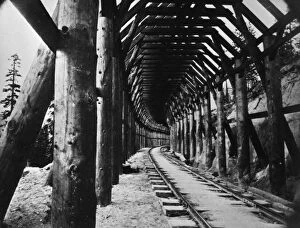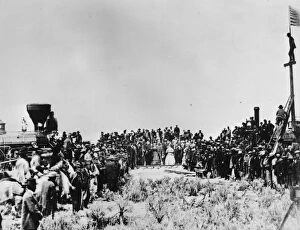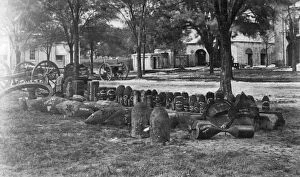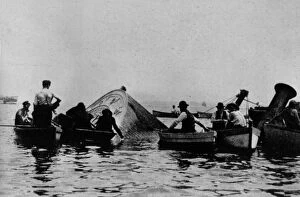America H Collection (page 2)
"America H: A Tapestry of Trailblazers, Triumphs, and Transformation" In the vast tapestry of American history
All Professionally Made to Order for Quick Shipping
"America H: A Tapestry of Trailblazers, Triumphs, and Transformation" In the vast tapestry of American history, remarkable individuals have left an indelible mark on society. From pioneering female surgeons breaking barriers to jazz musicians igniting a cultural revolution, America H embodies resilience and progress. On that momentous day of May 3rd, 1913, the streets of New York City witnessed a sea of suffragettes marching proudly in their fight for equality during the Suffragette Parade. Their determination paved the way for future generations to exercise their right to vote. Amidst towering structures like the US Steel Works and Brooklyn Bridge under construction, America H's industrial prowess was evident. The cowcatcher symbolized its expanding railway network while New Lanark showcased innovative textile mills transforming communities. American chiefs stood tall as guardians of indigenous traditions and heritage amidst changing times. Meanwhile, Klondike actresses captivated audiences with their talent and grace in an era defined by gold rush dreams. The audacious transatlantic flight marked a milestone in aviation history when boundaries were shattered by brave pioneers soaring through skies previously uncharted. Similarly courageous were those who fought valiantly during Fredericksburg Attack—a testament to unwavering patriotism. In this ever-evolving landscape, women's trade unions emerged as beacons of hope for fair labor practices—championing workers' rights across industries nationwide. America H is more than just a nation; it represents countless stories woven together into one vibrant fabric—the story of dreamers turned doers who shaped our collective destiny, and is a reminder that progress knows no bounds when fueled by passion and perseverance.









